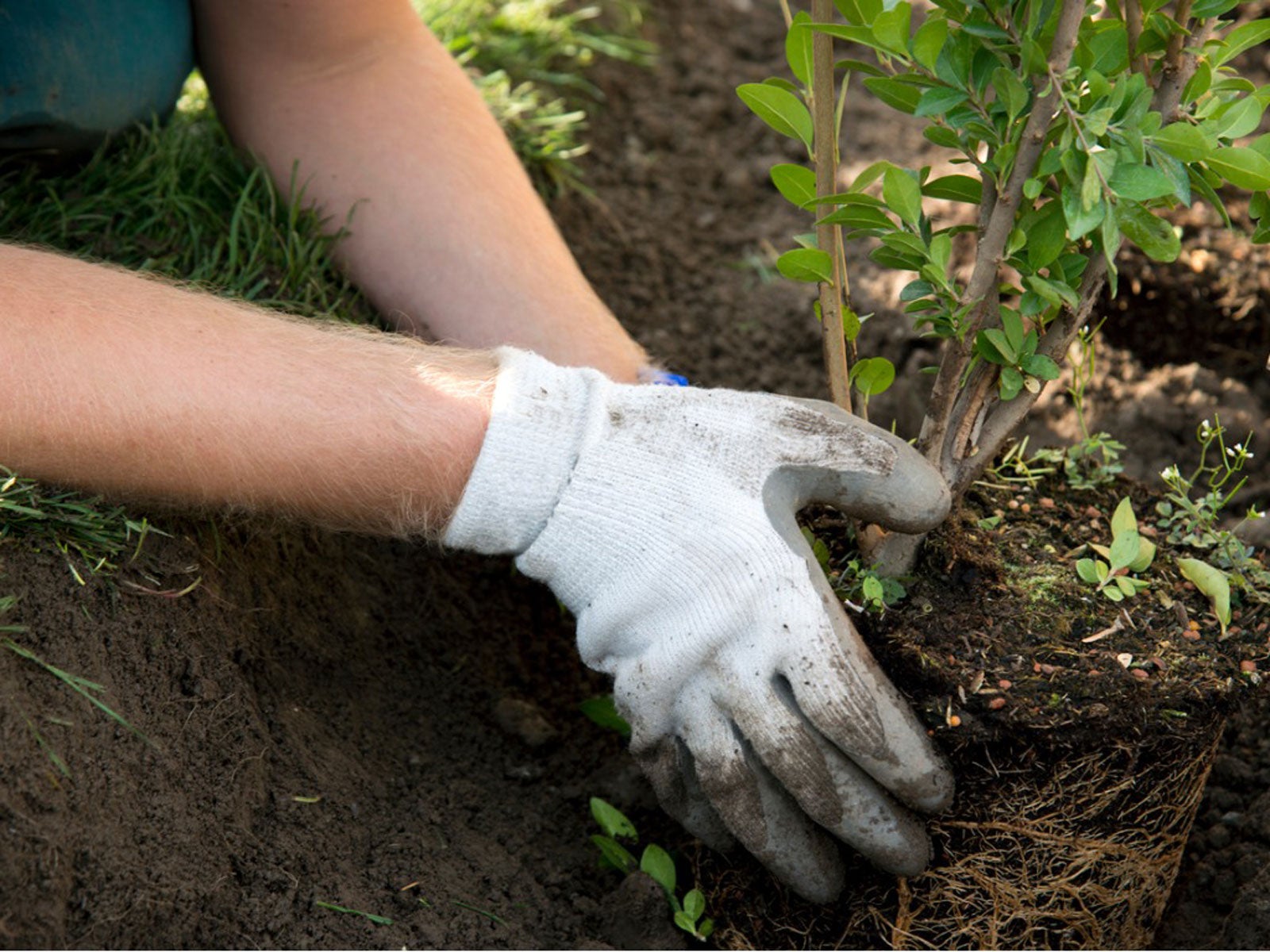Learn How To Avoid And Repair Transplant Shock In Plants


Transplant shock in plants is almost unavoidable. Let's face it, plants were not designed to be moved from place to place, and when we humans do this to them, it is bound to cause some problems. But, there are a few things to know about how to avoid transplant shock and cure plant transplant shock after it has occurred. Let's look at these.
How to Avoid Transplant Shock
Disturb the roots as little as possible - Unless the plant is root bound, you should do as little as possible to the rootball when moving the plant from one location to the next. Do not shake the dirt off, bump the rootball, or rough up the roots.
Bring as much of the roots as possible - Along the same lines as the tip above for plant preparation, preventing shock means when digging up the plant, make sure as much of the root as possible is brought up with the plant. The more roots that come with the plant, the less likely transplant shock in plants will set in.
Water thoroughly after transplanting - An important transplant shock preventer is to make sure that your plant receives plenty of water after you move it. This is a good way to avoid transplant shock and will help the plant settle into its new location.
Always make sure the rootball stays moist when transplanting - For this transplant shock preventer, when moving the plant make sure that the rootball stays moist in-between locations. If the rootball dries out at all, the roots in the dry area will get damaged.
How to Cure Plant Transplant Shock
While there is no sure-fire way to cure plant transplant shock, there are things you can do to minimize the transplant shock in plants.
Add some sugar - Believe it or not, studies have shown that a weak sugar and water solution made with plain sugar from the grocery store given to a plant after transplanting can help recovery time for transplant shock in plants. It can also be used as a transplant shock preventer if applied at the time of transplanting. It only helps with some plants but, as this will not harm the plant, it is worth a try.
Sign up for the Gardening Know How newsletter today and receive a free copy of our e-book "How to Grow Delicious Tomatoes".
Trim back the plant - Trimming back the plant allows the plant to focus on regrowing its roots. In perennials, trim back about one-third of the plant. In annuals, if the plant is a bush type, trim back one-third of the plant. If it is a plant with a main stem, cut off half of each leaf.
Keep roots moist - Keep the soil well-watered, but make sure that the plant has good drainage and is not in standing water.
Wait patiently - Sometimes a plant just needs a few days to recover from transplant shock. Give it some time and care for it as you normally would and it may come back on its own. Now that you know a little more about how to avoid transplant shock and how to hopefully cure plant transplant shock, you know with a little plant preparation, preventing shock should be an easier task.

Heather Rhoades founded Gardening Know How in 2007. She holds degrees from Cleveland State University and Northern Kentucky University. She is an avid gardener with a passion for community, and is a recipient of the Master Gardeners of Ohio Lifetime Achievement Award.